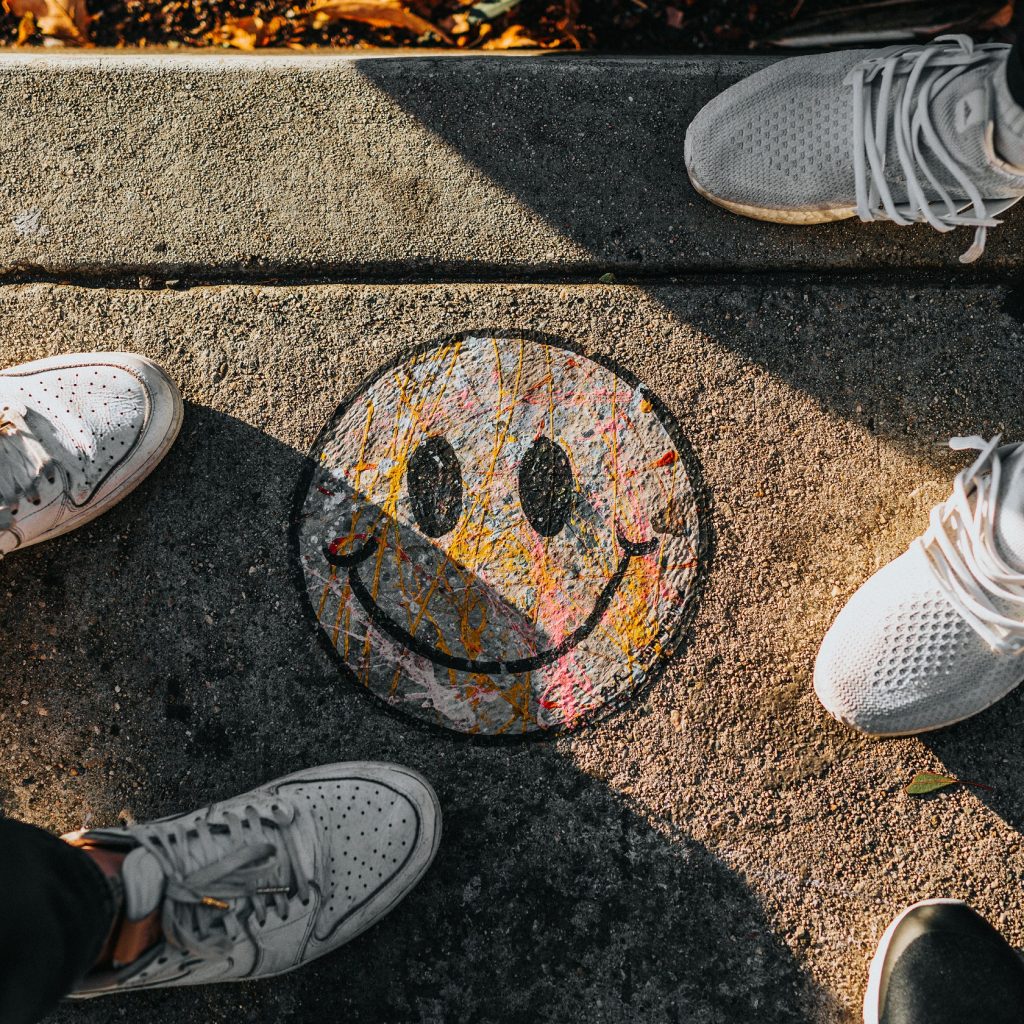Every year, I hear more and more about how important it is to take care of my mental health. Whenever I log into Facebook or Instagram, my newsfeeds appear to be flooded with posts and memes about how

Photo by Nathan Dumlao on Unsplash
I should be “treating myself” or practicing self-care;” I am sure the ubiquity of these statements is familiar to most college-aged students out there. We are consistently reminded by our peers and educators to take a break, relax, and even get help despite the fact that many of us cannot even make time to eat or sleep. To me, the increasingly popular world of “self-care” seems to just be a way to stick a short-lived Band-Aid on top of a large, festering wound. Whether it is being persuaded to buy face masks and bath bombs or being invited to campus events like “Pet Puppies on the Quad!” or “Drink $1 Hot Chocolate and Forget Your Worries!” I–and most other college students–are surrounded by encouraging, albeit somewhat unhelpful, reminders to take care of ourselves. But what about the people who do not have these opportunities?
The first week of October is considered Mental Illness Awareness Week, which was established by the U.S. Congress in 1990 in order to shed light on many issues which are often misunderstood, if given any attention at all. Mental illness and mental health in general are often stigmatized and considered less important than they actually are, especially in certain cultural contexts and environments. Indian culture is one that particularly stigmatizes people who suffer from mental illnesses.
Earlier this year, in April, the World Economic Forum published an article which highlighted various mental health issues in India and how they are addressed by authorities and citizens. A study conducted by the World Health Organization (WHO) in 2015 indicated that about one in five Indians may suffer from depression in their lifetime. This is equivalent to 200 million people in India alone. Moreover, those who suffer from depression may not seek out any help for their illness due to various factors such as stigma, lack of access to professional help, and lack of education.
With respect to public perception, the vast majority of those surveyed expressed opinions which related much to stigma, including statements such as “people with mental illness should not be given any responsibility,” and “one of the main causes of mental illness is the lack of self-discipline and willpower.” When asked about their feelings toward those who suffer, most respondents had answered which related more to empathy and sympathy than to hatred and disgust. However, a sizable proportion of the population still replied with “fear” and “apathy.” Mental health and mental illness are somewhat context-dependent, and some marginalized communities may suffer more from their negative impacts, which is definitely the case in India.
Women are disproportionately affected by the negativity surrounding mental illness. According to an article published by BBC News, it is not uncommon for women to be abandoned by their spouses and families once being diagnosed with mental illnesses such as bipolar disorder. However, if the patient is a man, his mother, wife, or sister is usually expected to take care of him. The intersection of mental health and gender is extremely indicative of the ways through which Indian society approaches many controversial issues. Moreover, many cases of mental illness in India may exist in particularly rural places, where people are unable to seek help if they want to. Women–particularly those who live in very rural areas–suffer the most at the hands of stigma and ill-perceived mental illness in India.
Mental illness exists in all places, from a large college campus in the Eastern United States to a rural village in India. However, how people choose to approach it is dependent upon cultural norms and values. Coming from a society which generally values material goods and social interactions, I have been taught to equate pretty trivial, shallow goods to a temporary quick fix for feeling bad. India appears to be even farther behind when considering how mental illness affects its residents. As we all progress further as individual societies, we can only hope that mental health treatment gets better for everyone–the American college student and the rural Indian woman alike.

Leave a Reply
You must be logged in to post a comment.